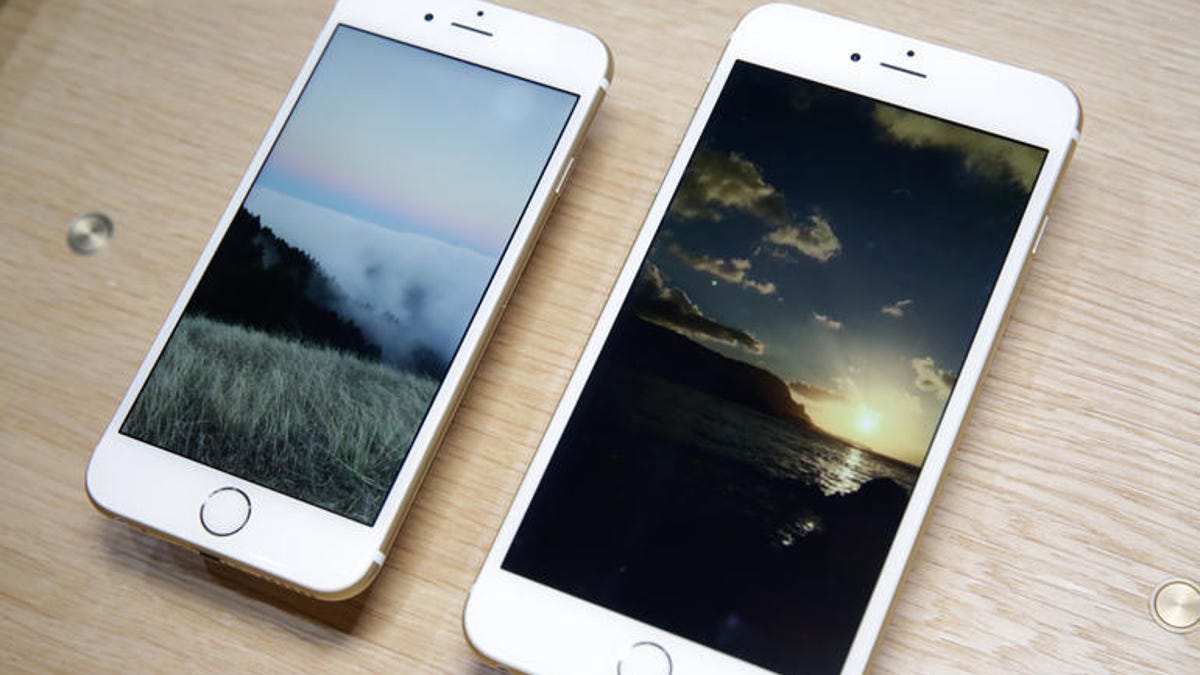Apple's iPhone 7S could sport battery-saving OLED screen
Next year may see Apple switch its iPhone display from LCD to OLED, a move that would offer consumers several benefits, according to news site Nikkei.

Will Apple switch to OLED screens for next year's iPhone?
Apple could adopt an OLED screen for its 2017 iPhone, the Japan-based Nikkei news site reported Wednesday.
The iPhone maker had originally planned to introduce phones with OLED displays no earlier than 2018, according to Nikkei, but is ahead of schedule and will push up the rollout to next year. Apple is reportedly close to signing a $12 billion deal with Samsung and LG to manufacture the necessary displays, according to 9to5Mac.
OLED (organic light-emitting diode) displays offer several advantages over the LCD (liquid crystal display) screens currently used in iPhones. OLED displays are thinner, lighter and more flexible than LCDs. They're more power efficient, giving you more bang out of a single battery charge. Colors are more vivid, especially noticeable with blacker blacks.
An OLED screen could put iPhones on a more equal footing with smartphones made by rival Samsung, which already use that display technology. But it may not matter much in the grander scheme of things, given the "phone fatigue" that's settled over consumers -- a lack of excitement over incremental design changes for new models and a sense that the phone you already have is good enough. That's led to flatter sales even for powerhouses like Apple and Samsung.
In January, Apple reported little growth in iPhone sales last quarter and an expected downturn in the current quarter. Offering little more than a faster processor and the new 3D Touch pressure-sensitive technology, the iPhone 6S and 6S Plus failed to add enough new features to convince people in countries like the US to upgrade.
The switch from LCD to OLED could be one attempt to rejuvenate Apple's slowing iPhone sales. Samsung's new Galaxy S7 and Galaxy S7 Edge use AMOLED (active-matrix organic light-emitting diode) displays. Courtesy of the power-saving technology built into these types of screens, the Galaxy phones come with always-on displays that show the time, date and other details without chewing up much battery charge.
OLED screens do pose some disadvantages. They're more expensive to manufacture than LCD screens. They can also show their age more quickly, resulting in a decline in the quality of certain colors. But Apple already uses OLED displays for its smartwatch.
The latest rumors about the switch OLED screens should be taken with a grain of salt. Apple typically waits for a major new release of its iPhone to introduce such a significant new feature. The 2017 iPhone will likely be the 7s, which will probably receive minor updates from the iPhone 7 slated for release this fall.
Further, KGI Securities analyst Ming-Chi, whose Apple predictions have typically been accurate, has said he doesn't believe OLED screens will pop up on the iPhone until 2019, according to AppleInsider. But Apple could simply be ahead of earlier projections and finally be ready to switch to OLED screens for next year's iPhone.

